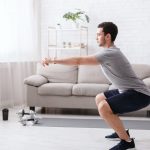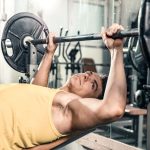
Regular exercise appears to enhance and even grow crucial areas of the human brain, new research using MRI scans shows. It’s long been known that physical activity is a brain-booster, but this international study illustrates ways this could be happening. “With comprehensive imaging scans, our study underscores the interconnected synergy between the body and the brain,” said study senior author Dr. Rajpul Attariwala, a radiologist at Prenuvo, a medical imaging center in Vancouver, Canada. Reporting recently in the Journal of Alzheimer’s Disease, Attariwala and colleagues analyzed more than 10,000 brain scans conducted at various Prenuvo centers. A pattern emerged: People who regularly engaged in running, walking or sports tended to have larger volumes of gray matter in their brains. Gray matter helps with the processing of incoming information, the researchers noted. These avid exercisers also tended to have larger volumes of white matter. White matter helps connect different brain regions and is crucial to memory. You didn’t have to run marathons to get a brain benefit, the team found. “We found that even moderate levels of physical activity, such as taking fewer than 4,000 steps a day, can have a positive effect on brain health,” study co-author Dr. David Merill said in a journal news release. He directs the Pacific Brain Health Center at Pacific Neuroscience Institute in Santa Monica, Calif. “This is much less… read on > read on >


































-300x200.jpg)



